Web development is a field that is constantly evolving, shaped by emerging technologies, changing user expectations, and increasing digital demands. To remain competitive in 2025, developers and businesses will need to adjust to these changes. In this blog, we’ll discuss web development trends that will shape the future, from the power of Edge Computing to the flexibility of API-first development. These trends go beyond buzzwords, they’re game-changers that affect performance, security, and user experience.
Whether you’re a developer, business owner, or tech enthusiast, this guide shows how these trends drive smarter, faster web experiences. Let’s get started.
Web Development Industry Trends
Web development in 2025 is moving beyond traditional techniques, with innovative technologies redefining how websites and applications are built. As users demand faster, more interactive experiences, developers must focus on optimizing performance, enhancing security, and creating scalable solutions. This shift will require embracing advancements like AI-driven tools, serverless architectures, and the integration of advanced APIs to craft web solutions that are both adaptable and future-proof. Let’s get started with the top trends:
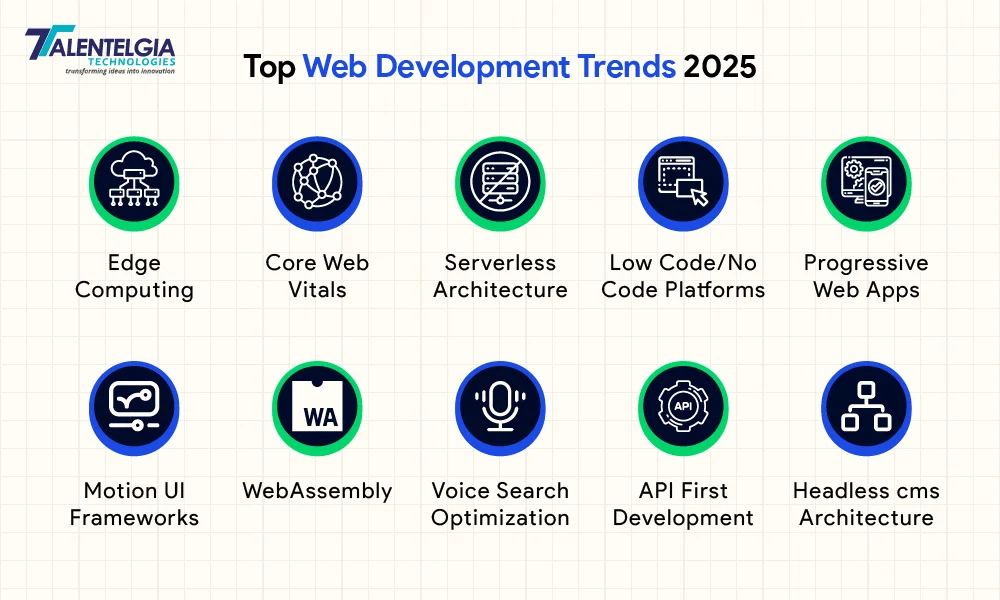
Edge Computing
Edge computing shifts the paradigm of data processing for web development by decentralizing data processing and moving computation tasks closer to the source of data generation. The virtues of this distributed architecture are reduced latency, improved performance from local processing capabilities, and support for real-time operations, which enables organizations to make decisions faster without a dependency on a centralized server. This enhances user experience with quicker responses while decreasing the burden on backend servers.
Edge computing also reduces bandwidth demands by preventing data from being transferred to centralized servers or the cloud. This makes it especially valuable in areas like health care, where rapid assessment of data in times of emergency is crucial. Let’s look at some of its core features:
- Low Latency: Processes data closer to the source, reducing delays for real-time applications.
- Real-time data Processing: Enables immediate analysis and decision-making without relying on centralized servers.
- Decentralized Architecture: This distributes computing resources across multiple locations for improved performance.
- Scalability: It easily scales to handle growing data volumes across distributed devices.
Also Read: Cloud Computing Role in Edge AI
Core Web Vitals
Core Web Vitals are the three user-centric metrics introduced by Google that measure the user experience on web applications. They are strictly tied to loading speed, interactivity, and layout stability, which are critical issues influencing how users experience the product. Optimizing these metrics increases user satisfaction and will ultimately improve conversion rates as fast and stable sites retain users better.
Core Web Vitals are a part of Google’s assessment criteria for page experience and therefore have an impact on search engine rankings. Webpages with good Core Web Vitals are favored to rank high in search results, making them significant to web developers. By putting these metrics first, search engine optimization and web performance in general, improve.
A vital part of this is Cumulative Layout Shift (CLS), which quantifies visual stability. CLS is optimized for moving elements on a Webpage, which enhances user experience. Optimizing Core Web Vitals is essential for developers as it allows them to deliver user-friendly websites that rank high in search.
Features of Core Web Vitals
- LCP (Largest Contentful Paint): Refers to the time it takes for the largest visible content to load, signifying page load speed.
- Cumulative Layout Shift (CLS): Measures unexpected layout shifts during page load, indicating visual stability.
- User-Centric Metrics: This method measures website performance through the lens of actual user experiences.
- Interaction to Next Paint (INP): Evaluates the responsiveness of a webpage by measuring the time it takes for the page to respond to user interactions, providing a more comprehensive assessment of interactivity.
Serverless Architecture
Serverless architecture is revolutionizing web application development by eliminating the need for developers to manage server infrastructure and allowing them to deploy functions easily. By automating operational tasks and scaling automatically according to demand, this approach accelerates time-to-market. It further improves team collaboration through easy deployment.
Cost efficiency is one of the benefits of serverless architecture. This results in significant savings for businesses, which only pay for the compute resources they use. This pay-as-you-go model is most suitable for optimizing the performance of web applications while reducing costs, especially on the Google Cloud Functions platform.
Serverless architecture also improves performance by lowering latency and providing seamless user experiences. They also become a significant trend in web development by eliminating the need for developers to manage servers, freeing them to focus on building and deploying applications more quickly. Let’s take a closer look at some of its features:
- Scalability and Elasticity: Automatically scales up or down based on workload without manual intervention.
- Event-Driven Execution: Functions are triggered by events like HTTP requests, ensuring responsive performance.
- Cost-Effectiveness: Pay-per-use model charges only for actual execution time and resources consumed.
- Resource Optimization: Eliminates the need for over-provisioning, optimizing resource allocation based on demand.
Low-Code/No-Code Solutions
Low-code/no-code (LC/NC) solutions have changed how web development is done, allowing entry-level users to create applications. These tools enable users to create digital solutions using graphical interfaces and pre-constructed components, which in turn lowers the barrier to entry for traditional coding skills.
LC/NC solutions simplify workflows and empower teams with varying technical expertise to meaningfully support the web development process, which provides value to organizations of all sizes. But they’re not a one-size-fits-all solution. While great for prototyping, workflow automation, and internal tools, analogy projects still need experienced developers for security, scalability, and integrations.
In 2025, LC/NC tools will become an integral part of traditional development, automating repetitive tasks, accelerating time-to-market, and generating well-tested code without sacrificing quality. They’ll be leveraged by startups and small teams for quick wins and by enterprises for rapid prototyping and giving personal power to the non-technical team.
Popular LC/NC platforms like Bubble and OutSystems showcase their ability to balance speed with sophistication, making them key players in modern web development. For WordPress users, tools like Advanced Custom Fields (ACF), Gravity Forms, and the block editor streamline content creation and website customization without coding.
As LC/NC solutions continue to evolve, their ability to boost efficiency and adaptability will drive their growth, helping businesses meet changing market demands. Let’s look at some of its features:
- Visual Development: Enables users to build applications visually without writing any code.
- Rapid Development: Accelerates the development process through reusable templates and components.
- Cross-Platform Compatibility: Make apps work seamlessly across various devices and operating systems.
- Integration capabilities: It integrates seamlessly with existing systems, APIs, and third-party services.
Progressive Web Apps
Progressive web apps (PWAs) are trending in e-commerce for combining the ease of use of a website with the great performance of native apps. They offer a seamless, speedy user experience without the need for app store downloads.
The “progressive” in progressive web apps denotes how these apps improve and how they work uniformly across any device with a different browser. PWA development frameworks enhance flexibility, making them more user-friendly and accessible to a broader demographic of users.
PWAs are usually fast, with powerful architecture and caching, so they can adapt to varying screen sizes. This has ensured that they work properly regardless of whether the internet connection is slow or unreliable.
One of the most notable features of PWAs is their ability to function offline. This is because of service workers, which enable users to access parts of an app without an internet connection.
Spotify, for example, uses its PWA to sync playlists, play music offline, and notify users about new releases. And that makes it effortless for them to listen to the music anytime, with or without a stable connection. Let’s look at its core features:
- App-Like Experience: PWAs provide a near-native app-like experience with features such as home screen icons, full-screen mode, and a consistent UI.
- Offline Functionality: Caching essential content for access without an internet connection or in the event of poor internet connections.
- Push Notifications: Similar to native apps, PWAs can send push notifications to users to keep them engaged and informed.
- Cross-Platform Compatibility: As they are made with web technologies, PWAs function seamlessly on various devices and OSs with a single code base.
Motion UI Frameworks
The average human attention span is now only 8 seconds, so users demand fast and functional websites that are also visually engaging. That’s where motion UI frameworks come in, used to establish dynamic, interactive experiences that captivate users and keep them engaged.
Motion UI frameworks such as the above are web front-end frameworks that are used to animate a website or the content of an app in an appealing manner. These frameworks allow developers to add animations, transitions, and effects without sacrificing performance.
These include animated hero images to capture attention from the beginning, interactive sliders to display content, gallery carousels to display the content of images, scrolling effects to provide a smooth experience, and loading animations to keep the user engaged as they wait.
Motion UI frameworks not only add interest but also help with usability. They can guide users through content, draw attention to key areas, and provide feedback on interactions. As a result, users become more engaged with content, which also translates into increased user time on page and conversion rates.
- Animation: Allows for smooth animations that create a richer UX.
- Screen Size: Makes animations responsive on all screen sizes.
- Custom Effects: Provides flexibility in creating unique transitions and effects.
- Seamless Integration: It easily integrates with popular frontend frameworks : React, Angular, and Vue.
WebAssembly (Wasm)
WebAssembly is a portable binary instruction format that allows for high-performance web apps for gaming, simulations, and data-intensive processes.
It’s an open standard for executing code in various languages with near-local performance while optimizing all power and performance needs while maintaining compatibility with existing platforms, integrations, and ecosystems.
For example, you can execute legacy C/C++ source code without converting it to JavaScript and perform operations like encryption, compression, or heavy calculations more quickly. Let’s take a closer look at its features:
- Garbage Collection Primitives: Wasm lacks native support for garbage-collected languages, but improvements are underway.
- Threading: Multithreading isn’t supported yet, but future updates aim to enhance concurrent processing.
- Security: Wasm uses sandboxing, memory safety, and code validation to prevent security threats.
- Compact Binary Format: The .wasm format offers faster load times and lower latency than JavaScript.
Voice Search Optimization
It is popular among all adults, as more than half of them use it at least once a day due to its speed and ease of use. Voice search enables access to information, reminders, and calls without having to type a single word, making it a much-needed feature in an era of fast-paced digital existence.
Voice search optimization is more than just convenience—it is an important component of accessibility and ethical website design. With a growing awareness of inclusivity and societal diversity, everyone must include voice search optimization in any website’s design, as it brings us closer to inclusivity for those who have different preferences or abilities.
Natural Language Processing (NLP)—a cornerstone of voice search optimization—allows systems to correctly comprehend and react to spoken language. As a result, developers are increasingly focusing on natural language processing (NLP) for making voice search results more accurate and giving their users an intuitive experience.
Examples of voice search integration include voice recognition and digital assistants such as Siri, Alexa, and Google Assistant. They also improve user experience by enabling them to execute commands and information faster. Let’s take a closer look at some of its features:
- Conversational Key Words: Specializes in natural phrases and questions in line with how folks talk, such as “best pizza near me.”
- Featured Snippets: Optimize your content to be framed as a short, easy-to-read answer in the search that voice assistants read aloud.
- Local SEO Focus: Prioritizes local businesses with “near me” queries, enhancing visibility for location-based searches.
- Mobile Optimization: Ensures fast loading speeds and responsive design since voice searches are commonly done on mobile devices.
API First Development
The API-First Design determines the creation of APIs before the application. As a result, it provides seamless communication between software components. In addition, it fosters effective team collaboration, thus easing the process of integration. Plus, by having a solid API from the beginning, you are enabling an app to become scalable and able to accommodate growth and new changes.
Being a part of the open-source community also provides freedom, as the teams can decide which technologies and frameworks to adopt. Hence, saves time and cost in the entire API development by catching problems early. For example, PayPal achieved a 2x increase in web development speed with API-First Design. Let’s take a closer look at some of the features of API First development:
- Accelerating Developers’ Productivity: Centralized API workspaces and repeatable processes accelerate the speed of collaboration while ensuring that every team has access to the relevant components it needs to do its job.
- Reinforcing Software Quality: Developers collaborate early on to develop better software that is more secure with fewer, faster-to-find bugs.
- Making Compliance and Governance Easy: APIs are governed as a whole, with design and governance rules applied right from the development process.
- Improving discoverability and observability: Built-in visibility provides an easier path to achieve compliance and track the performance of your APIs.
Headless CMS Architecture
Headless CMS architecture is a contemporary model where the frontend (user interface) is separated from the backend (data and logic). In simple terms, it decouples the “head” (frontend) from the “body” (backend), which is why it gets the name ”headless.”
It was monolithic systems where the front end and backend were heavily connected before this approach. This posed development challenges as developers had to depend on the system’s languages, plug-ins, and tools.
Headless Architecture allows developers to free themselves from the constraints of monolithic systems and work more independently. Let’s look at some of its features:
- Scalability: Individual components, such as frontend/backend, can be scaled independently as per the user load, and it can also be future-proof.
- Performance: Decoupling helps reduce load times, improves user experience, and makes it easy to scale individual components as needed.
- Improved Developer Experience: Developers can work with the top tools & frameworks that they already know and love, enhancing productivity and collaboration.
- Omni-Channel Content Delivery: The content can be served across websites, apps, IoT devices, etc., leading to a consistent user experience.
Also Read: Top 10 Headless Commerce Platforms in 2025
Web Development Pro Tips- Our Insights In A Brief Overview
In the fast-paced world of web development, staying ahead requires smart strategies. Whether you’re building dynamic applications or optimizing performance, these tips will guide you to success.
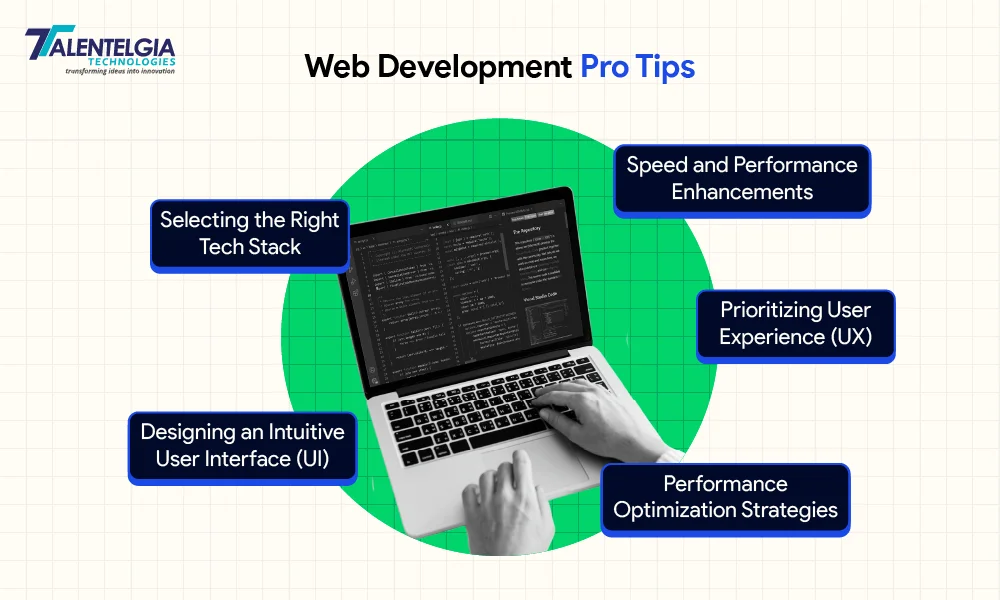
Choosing a Tech Stack
Make sure that you pick technologies that suit the objectives of your project. These include scalability, performance, and community support. MERN Stack development is the best for stacks of dynamic web apps.
Creating a User-Friendly Interface (UI)
The user interface design should be clean, simple, and consistent. Implement simple navigation, intuitive icons, and a responsive layout to guide users smoothly.
Focusing on User Experience (UX)
Pay attention to users’ needs, enhancing user experience design— quick load times, easy access, seamless interactions. Regular tests to ensure a hassle-free experience.
Strategies for Optimizing Performance
Reduce the number of HTTP requests, optimize images, and use caching. Improve code for reduced load time and greater usability.
Speed and Performance
Implement CDNs, lazy loading of assets and optimize backend processes. Tweak your performance regularly with tools like Google PageSpeed Insights.
Conclusion
Web development landscape is witnessing a rapid change, with technologies focusing on speed, efficiency, and user-centric experiences as we traverse through 2025. Trends such as edge computing, serverless architectures, progressive web apps, and headless CMS all point to a more nimble, scalable, and intelligent web ecosystem. Not only do these innovations elevate performance and security, they also enable businesses to provide flawless, tailored digital experiences.
For developers and organizations, remaining competitive in this ever-changing landscape will require a flexible approach and the ability to leverage these transformational trends. Employing these technologies can help businesses not just meet the increasing demands of the digital era but also cultivate more meaningful relationships with their target audiences, thus promoting growth and long-term success.


 Healthcare App Development Services
Healthcare App Development Services
 Real Estate Web Development Services
Real Estate Web Development Services
 E-Commerce App Development Services
E-Commerce App Development Services E-Commerce Web Development Services
E-Commerce Web Development Services Blockchain E-commerce Development Company
Blockchain E-commerce Development Company
 Fintech App Development Services
Fintech App Development Services Fintech Web Development
Fintech Web Development Blockchain Fintech Development Company
Blockchain Fintech Development Company
 E-Learning App Development Services
E-Learning App Development Services
 Restaurant App Development Company
Restaurant App Development Company
 Mobile Game Development Company
Mobile Game Development Company
 Travel App Development Company
Travel App Development Company
 Automotive Web Design
Automotive Web Design
 AI Traffic Management System
AI Traffic Management System
 AI Inventory Management Software
AI Inventory Management Software
 AI Software Development
AI Software Development  AI Development Company
AI Development Company  AI App Development Services
AI App Development Services  ChatGPT integration services
ChatGPT integration services  AI Integration Services
AI Integration Services  Generative AI Development Services
Generative AI Development Services  Natural Language Processing Company
Natural Language Processing Company Machine Learning Development
Machine Learning Development  Machine learning consulting services
Machine learning consulting services  Blockchain Development
Blockchain Development  Blockchain Software Development
Blockchain Software Development  Smart Contract Development Company
Smart Contract Development Company  NFT Marketplace Development Services
NFT Marketplace Development Services  Asset Tokenization Company
Asset Tokenization Company DeFi Wallet Development Company
DeFi Wallet Development Company Mobile App Development
Mobile App Development  IOS App Development
IOS App Development  Android App Development
Android App Development  Cross-Platform App Development
Cross-Platform App Development  Augmented Reality (AR) App Development
Augmented Reality (AR) App Development  Virtual Reality (VR) App Development
Virtual Reality (VR) App Development  Web App Development
Web App Development  SaaS App Development
SaaS App Development Flutter
Flutter  React Native
React Native  Swift (IOS)
Swift (IOS)  Kotlin (Android)
Kotlin (Android)  Mean Stack Development
Mean Stack Development  AngularJS Development
AngularJS Development  MongoDB Development
MongoDB Development  Nodejs Development
Nodejs Development  Database Development
Database Development Ruby on Rails Development
Ruby on Rails Development Expressjs Development
Expressjs Development  Full Stack Development
Full Stack Development  Web Development Services
Web Development Services  Laravel Development
Laravel Development  LAMP Development
LAMP Development  Custom PHP Development
Custom PHP Development  .Net Development
.Net Development  User Experience Design Services
User Experience Design Services  User Interface Design Services
User Interface Design Services  Automated Testing
Automated Testing  Manual Testing
Manual Testing  Digital Marketing Services
Digital Marketing Services 
 Ride-Sharing And Taxi Services
Ride-Sharing And Taxi Services Food Delivery Services
Food Delivery Services Grocery Delivery Services
Grocery Delivery Services Transportation And Logistics
Transportation And Logistics Car Wash App
Car Wash App Home Services App
Home Services App ERP Development Services
ERP Development Services CMS Development Services
CMS Development Services LMS Development
LMS Development CRM Development
CRM Development DevOps Development Services
DevOps Development Services AI Business Solutions
AI Business Solutions AI Cloud Solutions
AI Cloud Solutions AI Chatbot Development
AI Chatbot Development API Development
API Development Blockchain Product Development
Blockchain Product Development Cryptocurrency Wallet Development
Cryptocurrency Wallet Development About Talentelgia
About Talentelgia  Our Team
Our Team  Our Culture
Our Culture 
 Healthcare App Development Services
Healthcare App Development Services Real Estate Web Development Services
Real Estate Web Development Services E-Commerce App Development Services
E-Commerce App Development Services E-Commerce Web Development Services
E-Commerce Web Development Services Blockchain E-commerce
Development Company
Blockchain E-commerce
Development Company Fintech App Development Services
Fintech App Development Services Finance Web Development
Finance Web Development Blockchain Fintech
Development Company
Blockchain Fintech
Development Company E-Learning App Development Services
E-Learning App Development Services Restaurant App Development Company
Restaurant App Development Company Mobile Game Development Company
Mobile Game Development Company Travel App Development Company
Travel App Development Company Automotive Web Design
Automotive Web Design AI Traffic Management System
AI Traffic Management System AI Inventory Management Software
AI Inventory Management Software AI Software Development
AI Software Development AI Development Company
AI Development Company ChatGPT integration services
ChatGPT integration services AI Integration Services
AI Integration Services Machine Learning Development
Machine Learning Development Machine learning consulting services
Machine learning consulting services Blockchain Development
Blockchain Development Blockchain Software Development
Blockchain Software Development Smart contract development company
Smart contract development company NFT marketplace development services
NFT marketplace development services IOS App Development
IOS App Development Android App Development
Android App Development Cross-Platform App Development
Cross-Platform App Development Augmented Reality (AR) App
Development
Augmented Reality (AR) App
Development Virtual Reality (VR) App Development
Virtual Reality (VR) App Development Web App Development
Web App Development Flutter
Flutter React
Native
React
Native Swift
(IOS)
Swift
(IOS) Kotlin (Android)
Kotlin (Android) MEAN Stack Development
MEAN Stack Development AngularJS Development
AngularJS Development MongoDB Development
MongoDB Development Nodejs Development
Nodejs Development Database development services
Database development services Ruby on Rails Development services
Ruby on Rails Development services Expressjs Development
Expressjs Development Full Stack Development
Full Stack Development Web Development Services
Web Development Services Laravel Development
Laravel Development LAMP
Development
LAMP
Development Custom PHP Development
Custom PHP Development User Experience Design Services
User Experience Design Services User Interface Design Services
User Interface Design Services Automated Testing
Automated Testing Manual
Testing
Manual
Testing About Talentelgia
About Talentelgia Our Team
Our Team Our Culture
Our Culture
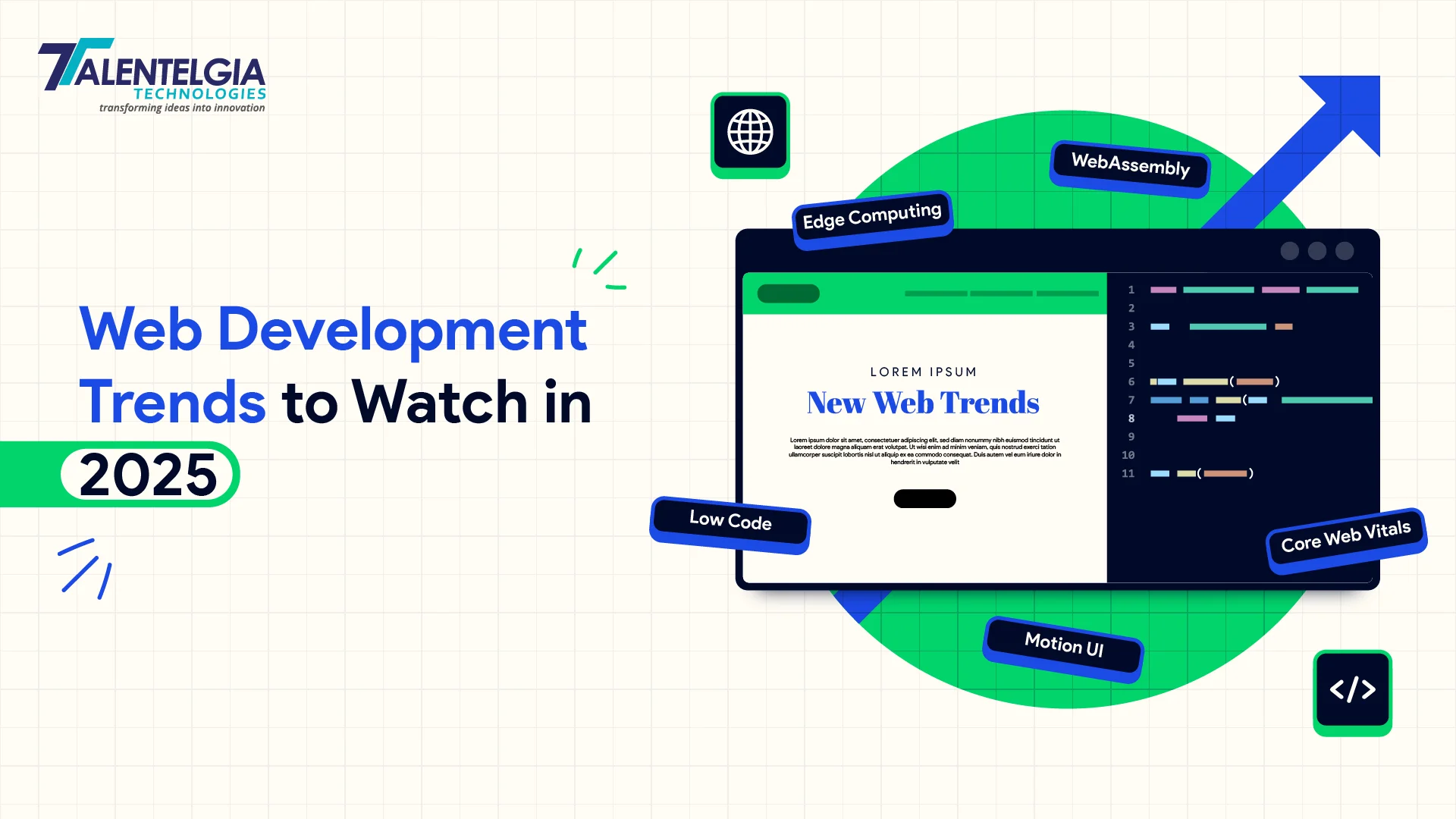

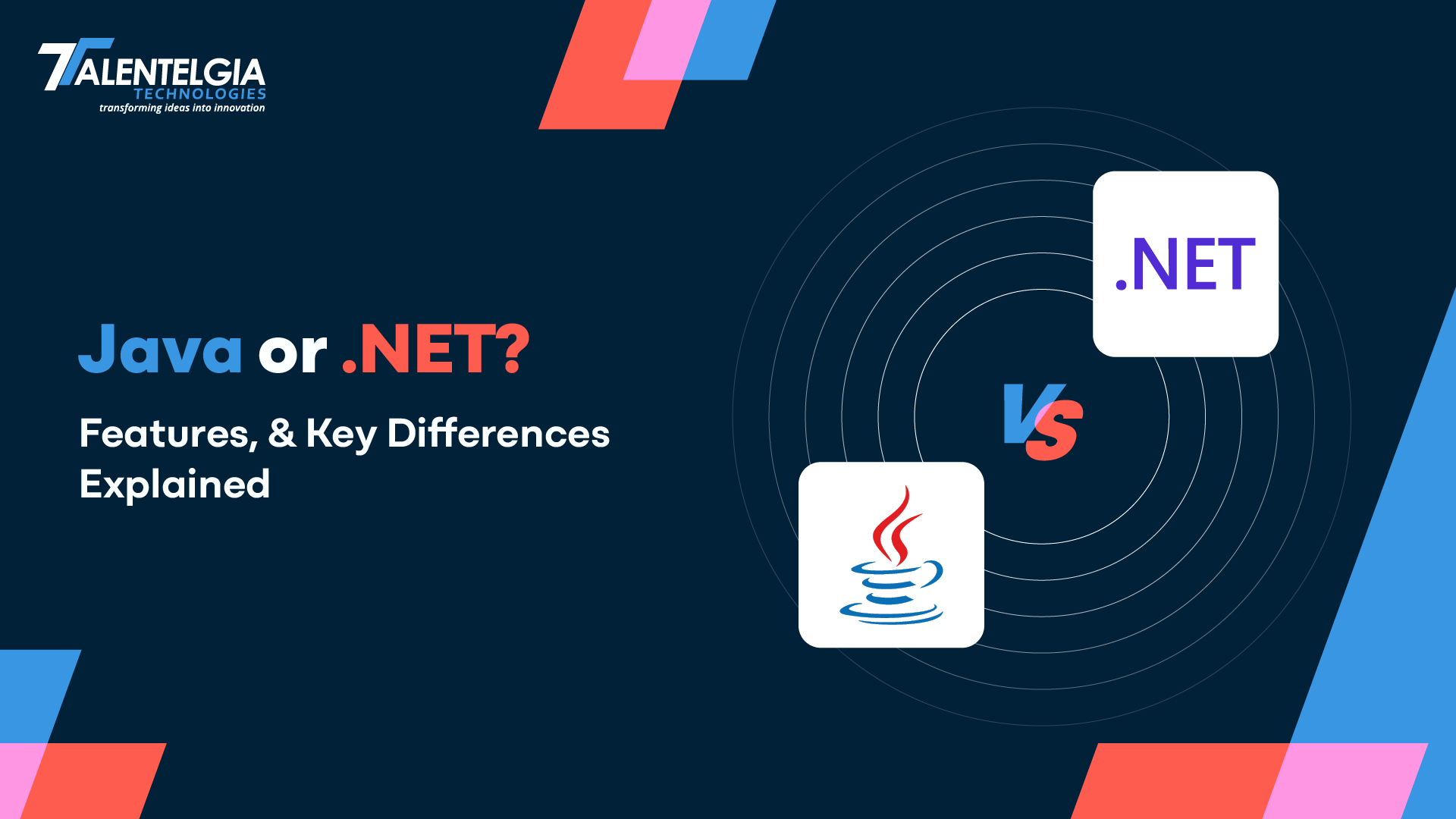

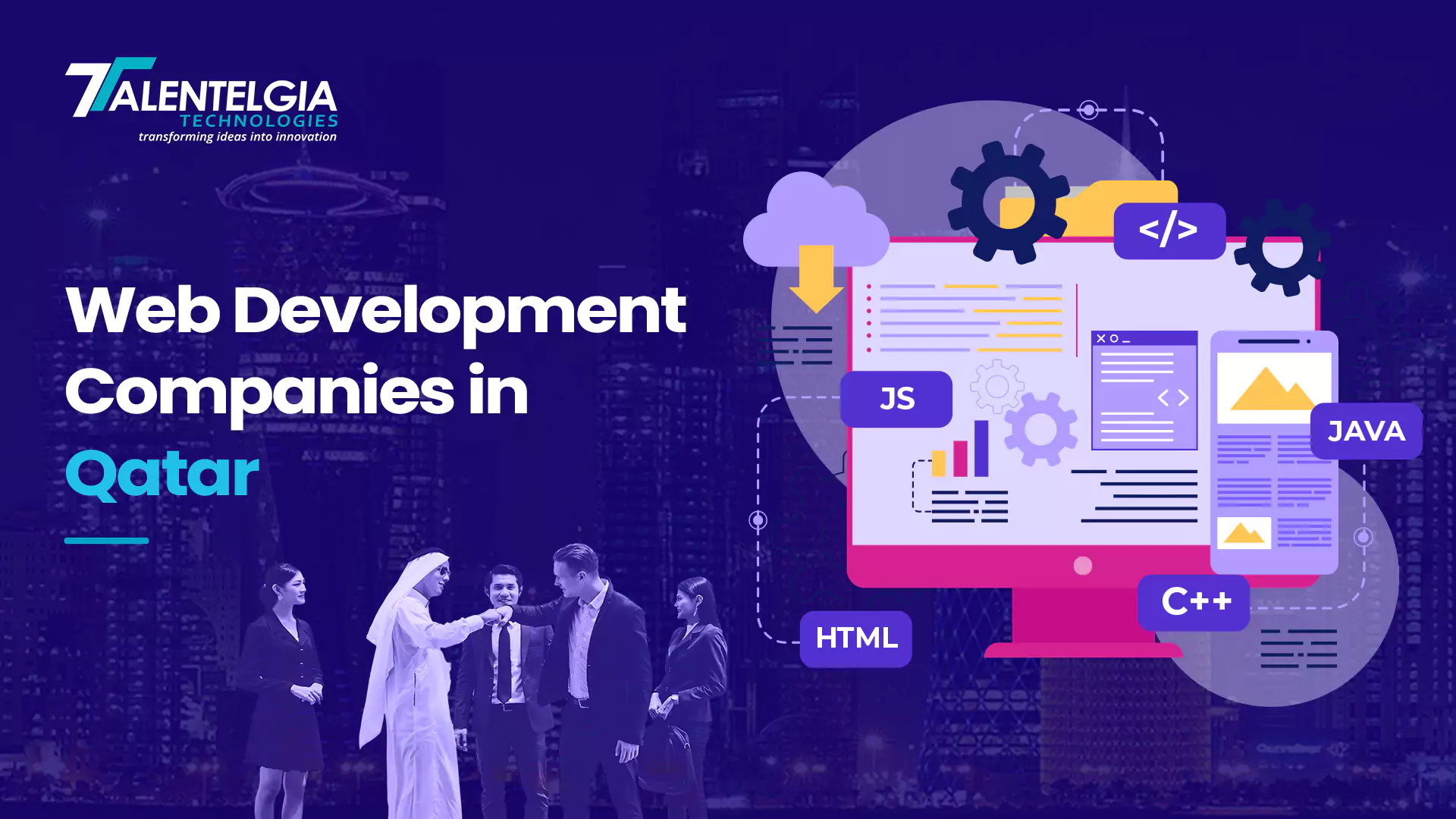
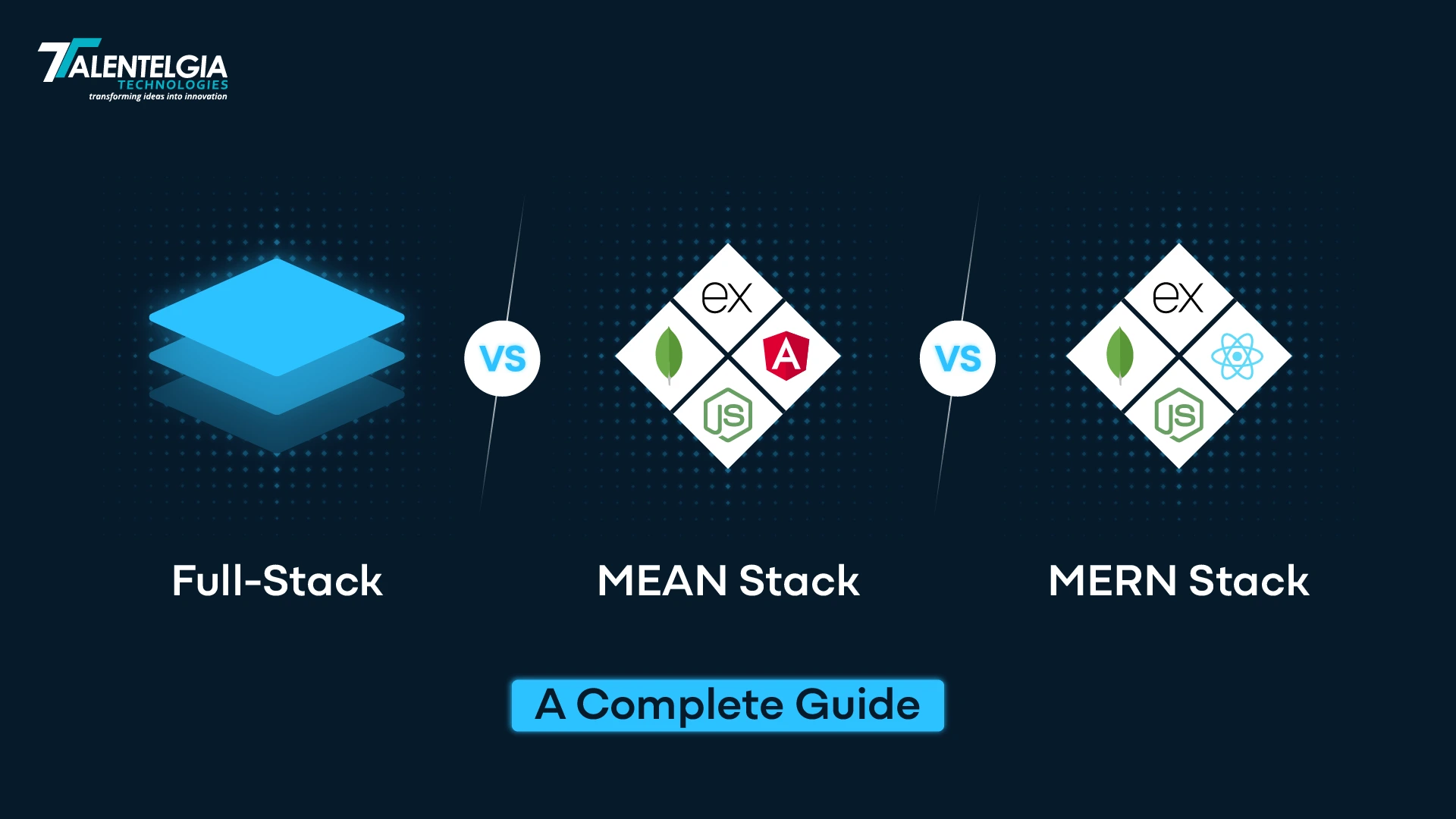










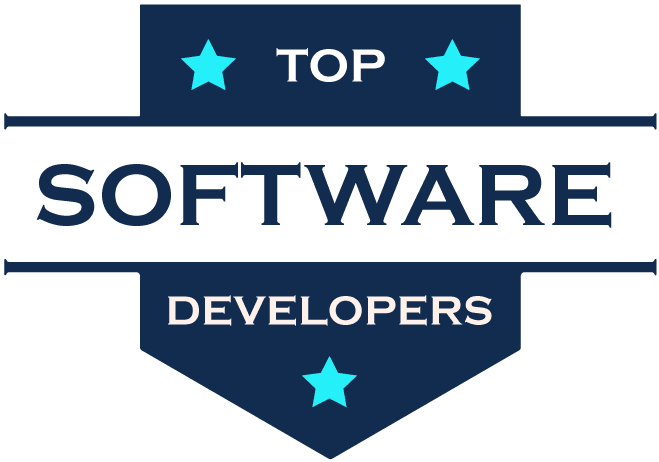
 Write us on:
Write us on:  Business queries:
Business queries:  HR:
HR: 




